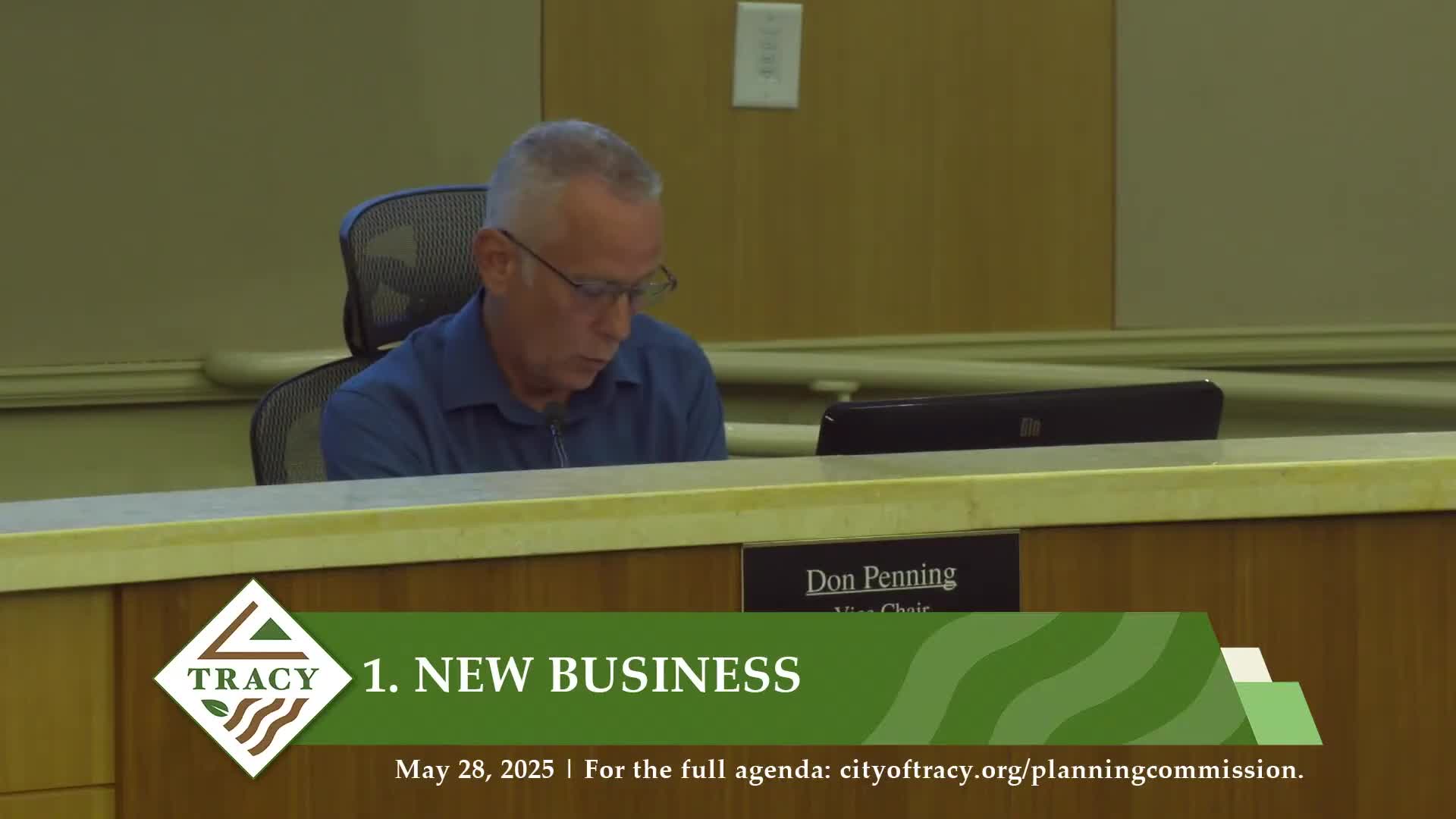Tracy Planning Commission approves Tri Way project's zoning amendment and development plan
May 29, 2025 | Tracy, San Joaquin County, California
Thanks to Scribe from Workplace AI and Family Portal , all articles about California are free for you to enjoy throughout 2025!

This article was created by AI using a video recording of the meeting. It summarizes the key points discussed, but for full details and context, please refer to the video of the full meeting. Link to Full Meeting
The Tri Way project will feature 275 new homes along with 49 junior accessory dwelling units (ADUs), totaling 324 residential units. This development is designed to provide a diverse range of housing types, including semi-attached duet homes, alley-loaded homes, and front-loaded homes, all aimed at addressing the growing demand for affordable housing in Tracy. The project is expected to yield a density of 12.2 dwelling units per acre, aligning with the city’s general plan for high-density residential areas.
In addition to the housing units, the project will include a new 3.5-acre community park, which exceeds the required size and will offer amenities such as a sports court, picnic areas, and play structures. This park is intended to serve as a gathering space for residents and enhance community connectivity through a new public loop road that will integrate with the city’s existing trail system.
The commission's decision also included a vesting tentative subdivision map and a development review application, which were supported by letters from local stakeholders, including property owners and the Building Industry Association of the Bay Area. The project is seen as a vital step in meeting the state’s housing goals and providing options for first-time homebuyers, often referred to as the "missing middle."
The approval of the Tri Way project marks a pivotal moment for Tracy, as it not only addresses immediate housing needs but also sets a precedent for future developments that prioritize affordability and community engagement. The city is now poised to move forward with the next steps in the development process, ensuring that the project aligns with the community's vision for growth and sustainability.
Converted from May 28, 2025 - Tracy Planning Commission Meeting meeting on May 29, 2025
Link to Full Meeting
Comments
View full meeting
This article is based on a recent meeting—watch the full video and explore the complete transcript for deeper insights into the discussion.
View full meeting